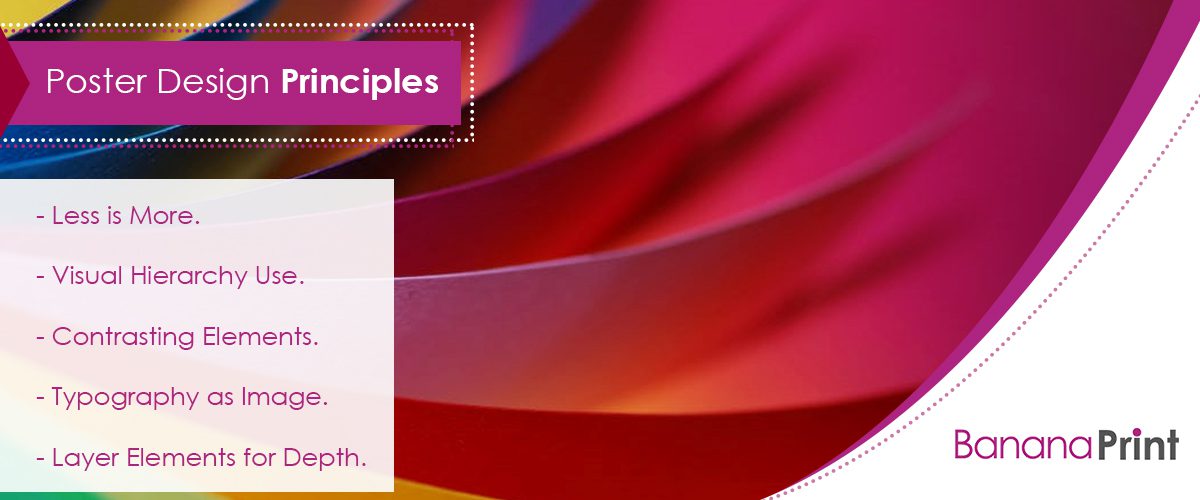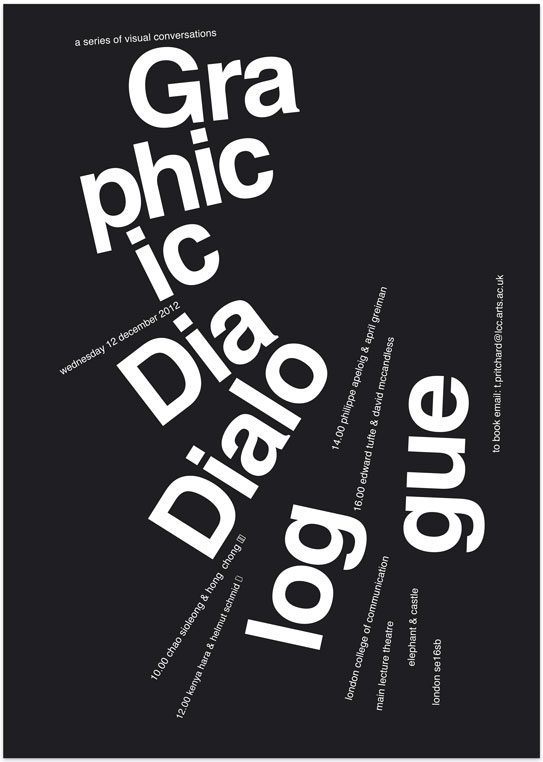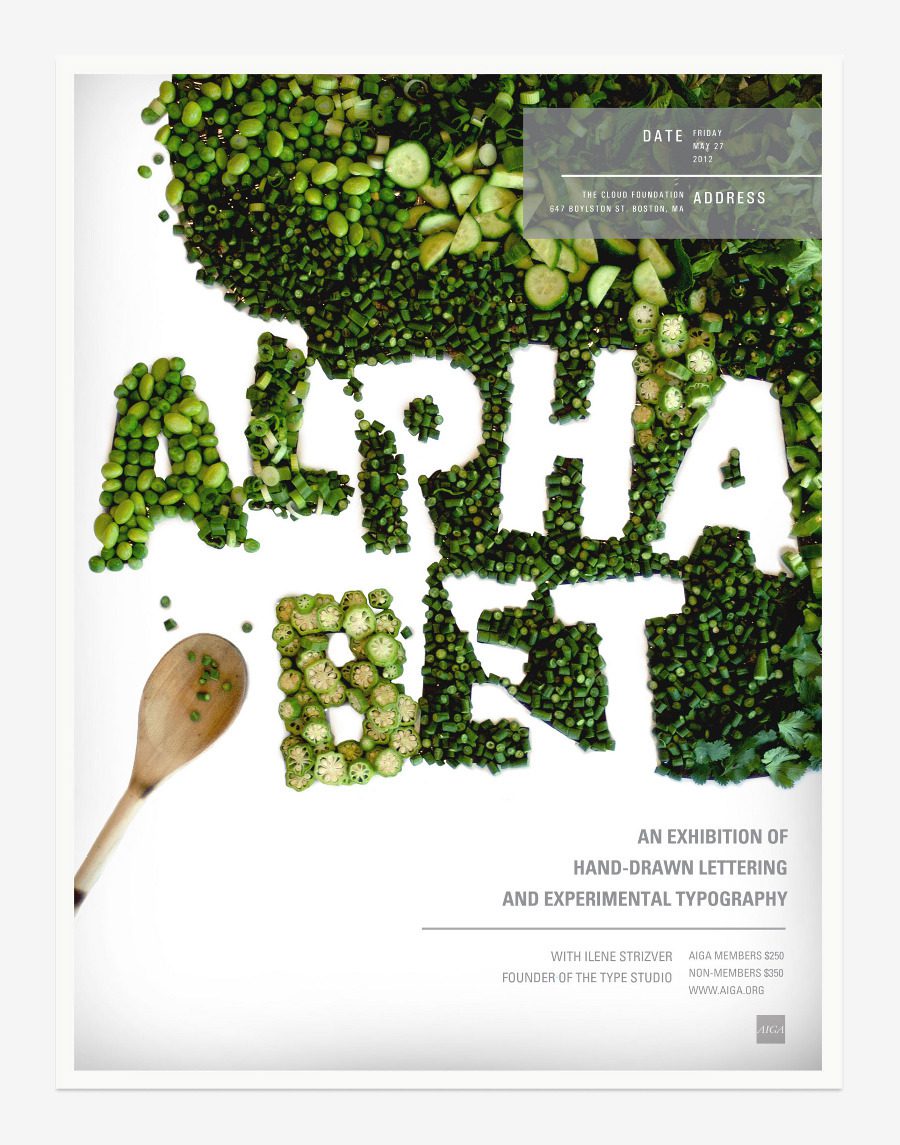The Ultimate Guide to Standard Poster Sizes, Content & Print Design
Designing posters can seem like a daunting task, especially if you run your business by yourself.
Luckily, there are tons of resources online to help you understand the importance of sizing, key design principles, and printing options.
If you’re looking for a comprehensive guide to designing your own posters for business or personal use, you’ve come to the right place! In this article, we’ll discuss best poster sizes, basic design principles for creating a stellar poster, and how to choose the right printer for your poster.
Poster Sizing
Poster sizing will largely depend on the purpose the poster will serve and where you want to display it. Sizing can get confusing since it can (and typically does) depart from the standard small, medium, and large sizing scale. Certain printers may also translate these standard sizes using the A series of international standard paper sizes.

Source: http://www.printingdeals.org/standardsizes/postersize.html
Typical Poster Dimensions
For a point of reference, visualize a standard sheet of printer paper which is 21 x 30 cm. In general, the standard international poster size is 61 x 91 cm.
Small Posters: 28 x 43 cm
The smallest size poster is called A3. It’s about twice the size of a piece of printer paper. This size poster is typically used for flyers, hanging on walls or bulletin boards, and for generally being unobstructive and inoffensive.
These small posters are a great economy option if you want to get the word out about an event. They’re ideal for minimalist designs with few words in big, bold text.
Medium Posters: 46 x 61 cm
The next size up is a medium sized-poster, which is a bit larger than an international standard A2 (42 x 59 cm). It’s the perfect size to promote a new item or event in your shop and fits perfectly in a shop window. As it’s not a huge poster, opt for a more minimalist approach with large text to get the message across.
Large Posters: 61 x 91 cm
If you really want to attract attention, a large poster will be your ticket. This size is a standard international size. It’s the typical size for musical artists and entertainment companies to print promotional posters for fans to purchase at events or in poster shops. Because this size is so widely used, it’s easy to find frames for this standard poster size.
Apart from consumer use, this size is ideal for malls, events, and trade shows. Thanks to their large size, you can easily include more information and get more creative with your poster design.
More Large Poster Sizes

Not many small shops or businesses have use for large format posters bigger than 61 x 91. However, there are two other poster sizes to note.
The first is a one-sheet poster which is typically used for official advertising for films in cinemas. It’s approximately 69 x 102 cm.
The second is a bus stop poster which can be used for all manner of advertising. These posters are about 102 x 152 cm.

Source: http://www.printingdeals.org/standardsizes/postersize.html
Poster Materials
Now that you’ve picked your poster size, it’s time to choose the paper it will be printed on. This involves selecting the right weight, cost, and how long you want the poster to last.
Poster Paper Weight

Depending on the printer you order from, you’ll get to select different weights of paper. Paper weight is measured in gsm, or grams per square metre. This measurement is determined by the weight of a piece of paper measuring 1 metre by 1 metre. GSM is NOT a measurement of paper thickness or stiffness, although heavier papers tend to be thicker.
- 90-120 gsm: Type of paper you’d use in your printer. It’s usually uncoated paper, making it easy to write on. It’s low-cost and ideal for letterhead or other materials you want to write on.
- 120-170 gsm: Slightly thicker paper commonly used for posters. Also great for printing flyers on the cheap. Looks and feels good despite the low cost. Typically used for takeaway menus, event flyers, and general information sheets.
- 200-300 gsm: Ideal for situations where look and feel matter. Feels like thick, sturdy paper. Can be glossy like you see in magazines.
- 300-400 gsm: Not too far off from card stock. Typical for street handouts and nightclub flyers. High-quality business cards are usually printed on 350-400 gsm paper.
What Influences Cost?
Generally, as you get into the higher ranges of gsm, you will notice a per unit price increase. If you’re on a tight budget and looking for cheap poster printing or believe recipients of your posters will toss them after a few days, opt for lower gsm to save on money. To really make an impression, opt for higher-quality poster paper.
As a final tip on materials, use acid-free paper when printing posters, especially if you want them to last for a long time. Papers with acid yellow over time, a characteristic you don’t want if you aim to have your posters around for a long time.
Poster Design Principles

We briefly touched on the importance of minimalism for small and medium sized posters. This certainly isn’t an end-all-be-all rule. We mentioned it because a high concentration of text to space is harder for people to read and can result in your poster not being read at all. Instead, light text with an image is a better way to go for smaller posters.
Less is More

Source: https://designschool.canva.com/wp-content/uploads/sites/2/2016/10/image40.jpg
Less is more can be taken in many ways. Some equate it to minimalism and imagine a black and white poster with only text. While this works for some designers, it doesn’t work for others.
A less is more approach can still involve colours and images. Many modern, minimal designs, have a sole image and/or a sole word dominate the design and any secondary information is included in small type at the bottom.
Visual Hierarchy

Source: https://i.pinimg.com/originals/79/bf/35/79bf3581e5cae01a96e30bdaae41f60e.jpg
The key idea behind a poster is to quickly grab attention and concisely convey information. To want to ensure that your target audience reads and digests the information you’re trying to get out there, create your poster with a visual hierarchy.
This means you have an attention-grabbing (and usually large) graphic or word at the top of the poster. Then, using other text or design elements (ex. Text decreasing in size), you guide the viewer’s eye down the page. This same principle is frequently used in web design.
Use Contrasting Elements

When most of us hear contrast, we think colour. Contrasting dark against light or light against dark is a great way to instantly draw the eye to a particular place on your poster design. However, colour contrast doesn’t need to be polar opposite. You can easily pair a bright or light yellow with a mid to dark navy to draw the eye.
Contrast isn’t a colour-only design concept. You can use wildly different fonts to create contrast in your poster design. For example, you can pair a whimsical calligraphy font with a blocky sans serif font to achieve contrast.
Typography as Image

Source: https://mir-s3-cdn-cf.behance.net/project_modules/max_1200/0db2354494391.560b3a0476593.jpg
Speaking of fonts, you can use typography in place of images. Many graphic designers are stuck on the notion that images need to be, well, images. They don’t. Bold typography can be a stand alone image on posters or any other graphic asset.
Typography doesn’t even need to be made from a font. You can use photography or other graphic elements to create words. For example, if you run a food shop, you can use food items to spell out a word for use on your poster.
Layer Elements for Depth

Source: https://designschool.canva.com/wp-content/uploads/sites/2/2015/03/9-layer-chipotle-tb-530×0.jpg
Minimalism isn’t everyone’s thing. If it’s not yours, try experimenting with layering graphic elements and text. Layering creates depth in colours, meaning, and visual stimulation. Layers should overlap, cast shadows, and flow together to create one graphic masterpiece.
We will say that this can go horribly wrong if not executed well. It’s best to consult a design specialist who has made posters with layered elements if you think that’s the type of poster you want.
Finding the Right Printer
These days, there are many options for how you can design your poster. Many platforms which allow you to create your design on their website also allow you to upload a design to then be printed. As you might imagine, designing and printing through a single platform is incredibly convenient and typically has lower costs.
Another option is to design your poster in Photoshop and take it to the local printer. The added benefit here is you develop a personal relationship with the printer. This can be beneficial if you consistently have printing needs.
Other things to consider when selecting a printer (online or offline) are the quality of the work, customer satisfaction and company reputation, the level of service, and any green credentials. These factors all vary in importance to individuals looking to print posters.
Designing Your Own Poster?
Designing and printing a poster might sound overwhelming, but it isn’t. Here are some key steps to designing a poster that will help you keep a clear head:
- Imagine the purpose and space you intend to for your poster. Do you just want to hang it up in your shop window or are you planning on getting out on the street and spreading the word about an event? Choose your poster size and gsm using this intent.
- Consider your brand. Is it loud and out there or soft and understated? When you design a poster, you’ll want it to reflect your brand. Using the right mix of design elements above (plus others you can find online), you’ll be able to create the exact right poster for your business.
- Find your printer. You can find printers online that allow you to design your poster on their platform (some with the help of templates) and then easily print. If you’re design-savvy, you can take your Photoshop file to an online or physical printer.
Remember, if you get stuck in the design phase, you can find graphic designers through platforms like Upwork and Fiverr who can quickly (and usually at a low cost) design your poster. And, for convenience and high-quality customer service, you can design and print your posters through BananaPrint.
